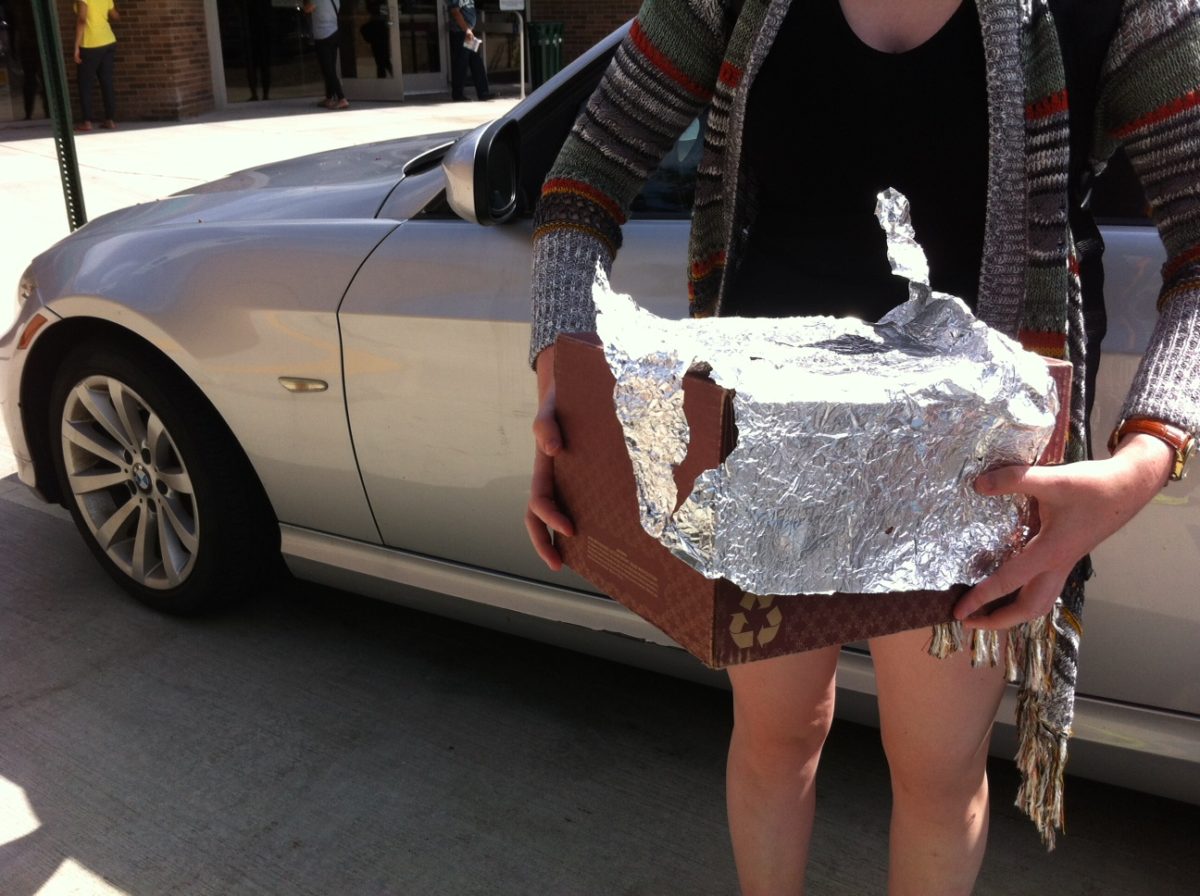While studying neuropsychology at Wesleyan University, Jordan Engel once covered the inside of a lab in screen doors to protect the lab’s sensitive equipment.
“We had to turn the labs into Faraday cages to prevent radio interference,” he said.
A Faraday what?
A Faraday cage, Engel will tell you, was invented in 1836 to block electromagnetic radiation and electrical charges. They do this by dispersing the radiation or charges along the exterior walls — preventing penetration to the interior. Today, a Faraday cage can be just about anything with the right materials: a car, or the labs Engel worked in or even a shoebox covered in tinfoil. (A tinfoil hat is almost a Faraday cage for your head, but not quite.)
And, as it turns out, it can be a nifty way to protect your car from getting broken into.
Engel, a Chevy Chase resident and radio enthusiast who works as a consultant, explained to us how a Faraday cage could prevent a new kind of car theft that’s cropped up in neighborhoods like Glover Park and Palisades. Thieves are taking advantage of keyless cars, which are more vulnerable to break-ins than normal cars because of how the keyless technology can be hacked.
“I’m not a conspiracy theorist,” said Engel. “But if I had this keyless fob, I would absolutely use a Faraday Cage.”
Here’s how the hack works: A keyless car sends out radio signals to your keys, which send a signal back. When this return signal from the keys grows strong enough, the car knows to open because that means you’re close. The closer you are, the stronger the signal. So thieves trick the car into opening its doors by increasing the signal strength. They use a device sometimes known as a “power amplifier.”
These vulnerabilities aren’t new, but they’re exploited more often now as the antenna equipment for signal amplification is not only readily available – it’s downright cheap.
“The technology used in these relay attacks is available for $30 over eBay,” Engel told us. “As the tech becomes cheaper and cheaper and more amateurs are doing it, it’s becoming more of a problem.”
Here’s how to protect yourself and make a Faraday cage. It’s super simple.
As per Engel:
- Choose either solid metal (like aluminum foil) or a mesh (like screen door material). If using mesh, the holes must be smaller than the radio waves you’re trying to block.
- Mount your metal on all sides of a box like a shoebox.
- Test your cage by putting your keys inside, then closing it. Walk up to your car. If it doesn’t open, the signal is blocked, which means it’s safe from thieves, too.
For those looking to avoid DIY, Faraday cages can also be purchased in a variety of sizes and signal-blocking strengths. Or, try throwing your keys into the freezer, as the New York Times’s Nick Bilton did, but don’t forget to make sure to check that it works.







